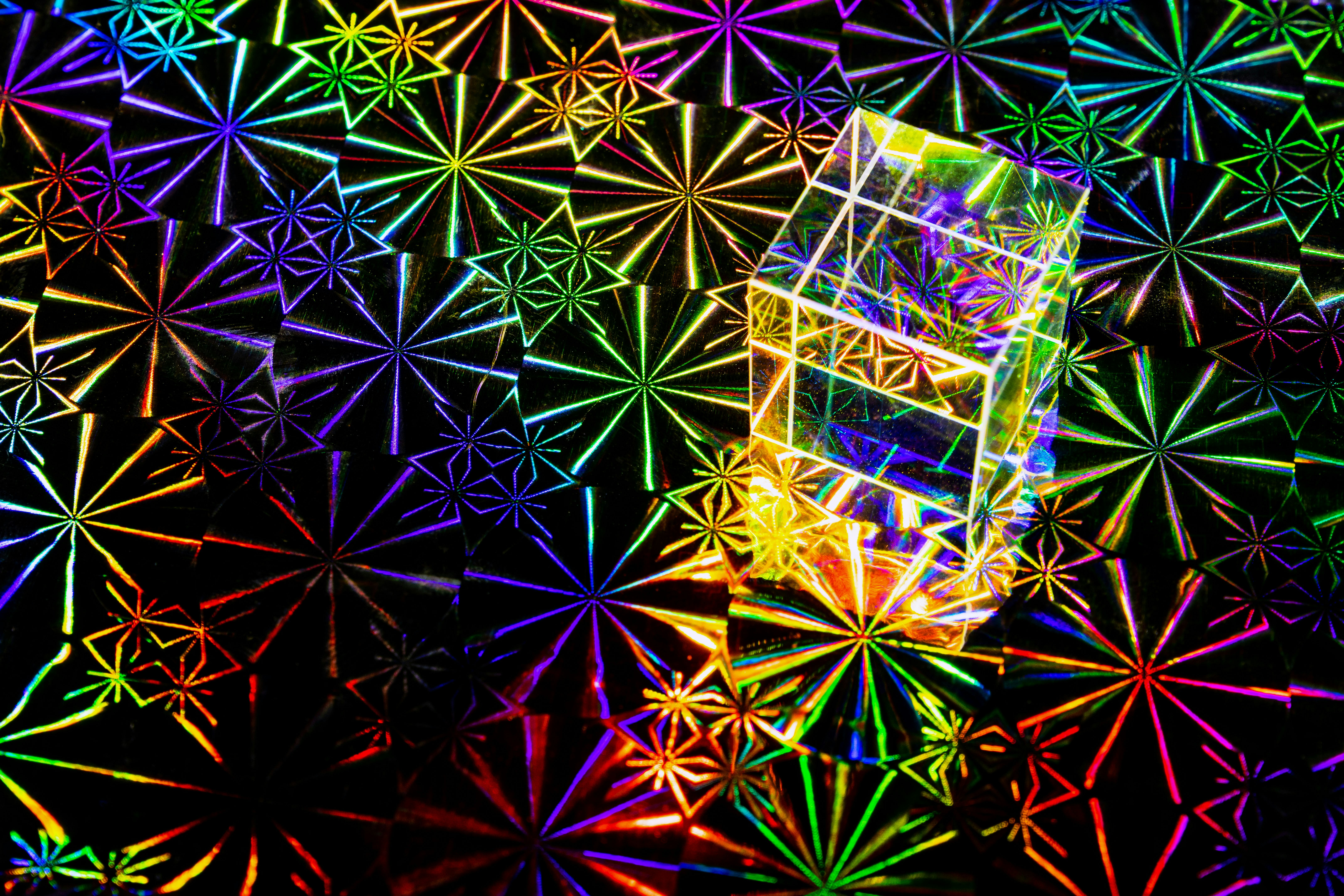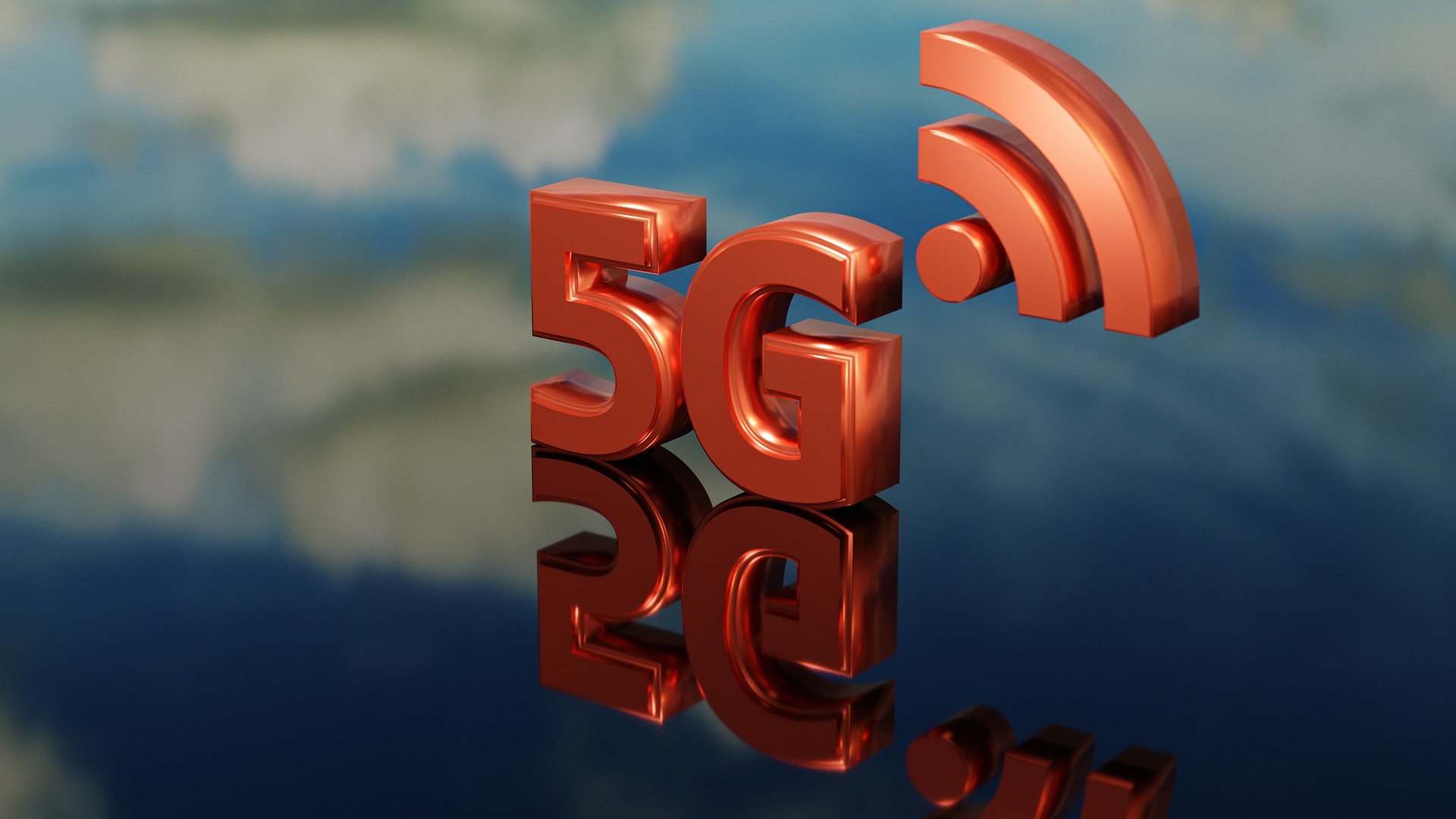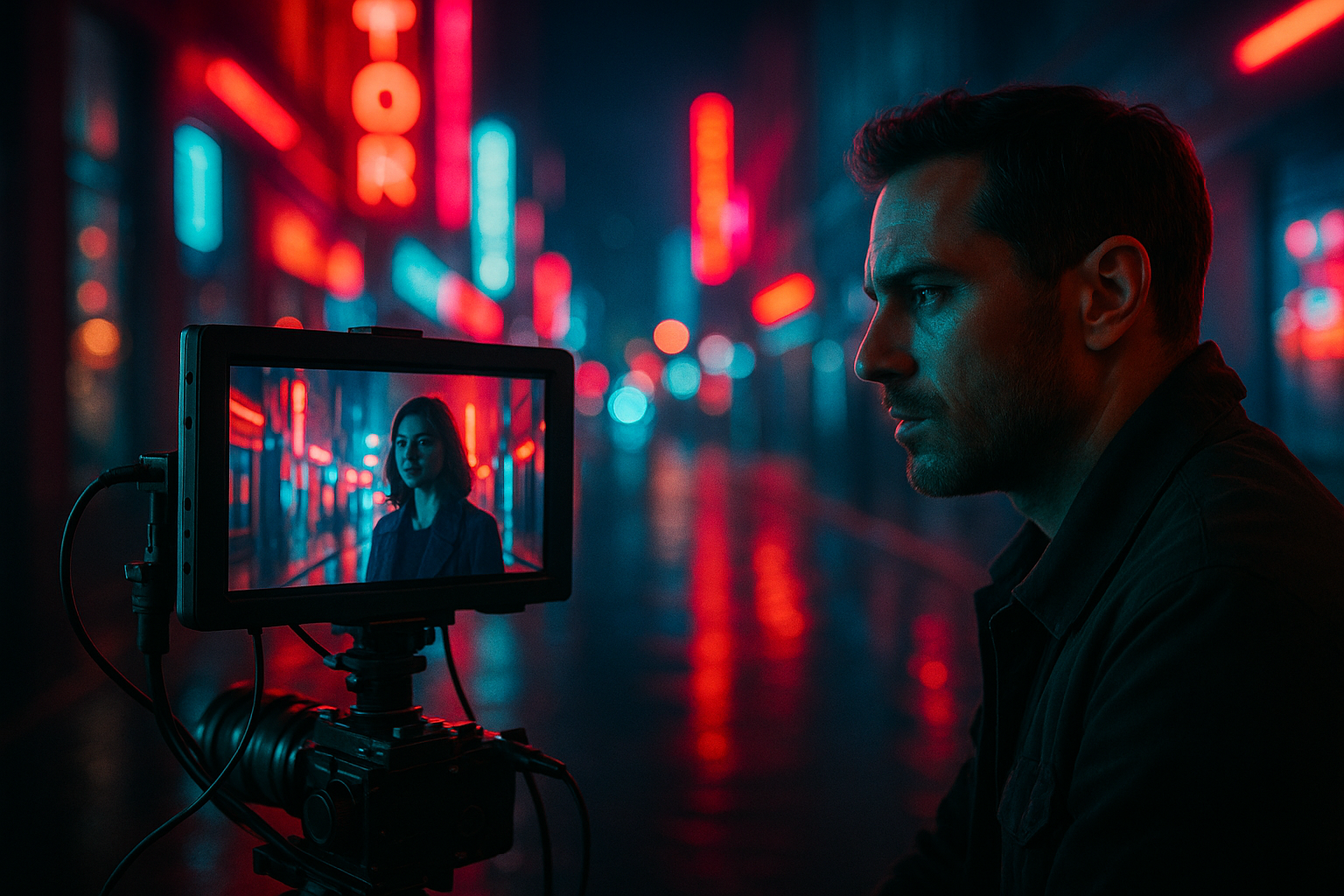The Dawn of Digital Smell Technology: A New Era in Sensory Experience
Imagine a world where you can savor the aroma of your favorite dish right from a cooking video, or experience the scent of a rainforest while playing a virtual reality game. Welcome to the realm of digital smell technology, an innovative frontier in tech that is redefining the sensory experience.

Journey into the Past
Our journey begins from the humble beginnings of smell reproduction, which dates back as early as the 1900s. One of the earliest attempts was the ‘Smell-O-Vision’, a system introduced in 1960 that released odor during the projection of a film, aiming to enhance the viewer’s sensory perception. However, due to its limited success, the technology faded into oblivion.
It wasn’t until the 21st century that we saw significant strides in the field, with pioneering researchers exploring the science behind scent and the ways it can be digitized. The advent of olfactory displays, devices capable of generating scents, marked a turning point in the journey of digital smell technology.
The Present Scenario
Today, we stand on the brink of a major technological revolution. Digital smell technology has garnered significant attention across various industries, including entertainment, marketing, and medicine.
One of the latest developments comes from a team of scientists at the University of California, Berkeley. They have created a ‘smell synthesizer’ that uses a cartridge containing 128 different odor molecules that can be combined in various ways to produce a wide range of scents.
Elsewhere, the Tokyo Institute of Technology is conducting fascinating research on ‘olfactory display’. They have developed a device with four odor reservoirs that can effectively generate a localized smell field.
The Future of Digital Smell Technology
With the rapid pace of advancement, the estimated price range of digital smell technology remains uncertain. However, given its potential impact, it’s likely to command a premium in the market. The technology is expected to revolutionize industries like gaming, where players can experience a more immersive environment, and e-commerce, where consumers can ‘smell’ products before buying.
The Science Behind the Smell
The process of digitizing smell involves several steps. First, the scent is captured using an electronic nose that identifies the specific chemical makeup of the odor. The information is then digitized and stored in a database. When it’s time to recreate the smell, the digital information is used to combine different odor molecules in the correct proportions.
The Challenges and the Promise
Despite the exciting prospects, the road to widespread adoption of digital smell technology is riddled with challenges. Reproducing the vast array of scents accurately is a complex task. Additionally, the lack of a standardized smell coding system poses a significant hurdle.
However, these obstacles don’t dampen the potential of this innovative technology. As research progresses, we can expect solutions to these problems, paving the way for a future where digital smell technology becomes an integral part of our lives.
In conclusion, digital smell technology is a fascinating intersection of science and technology, promising to enrich our sensory experiences. As we stand on the cusp of this olfactory revolution, there’s an exciting journey ahead, filled with possibilities that can transform the way we interact with the digital world.






